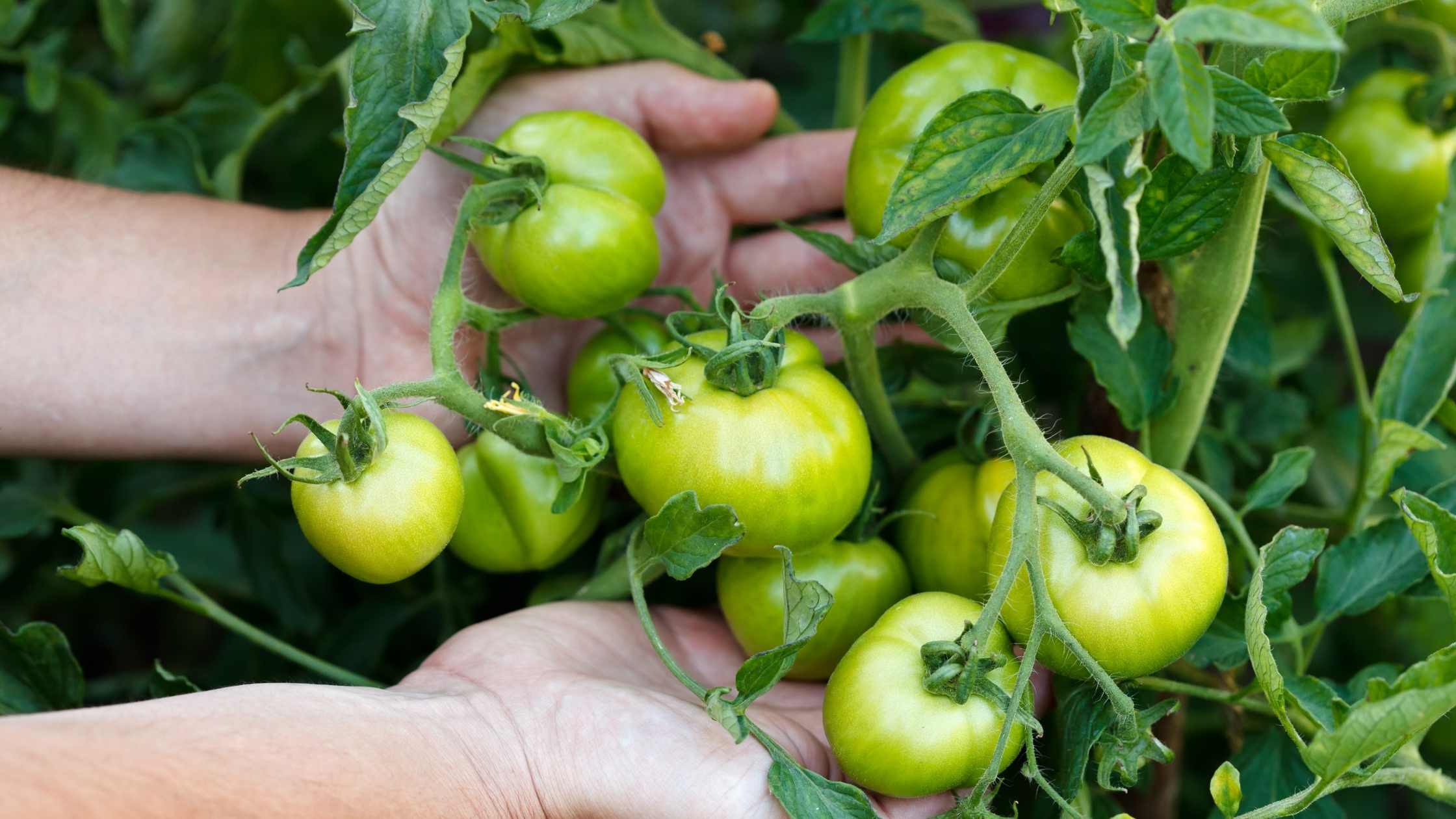I was amused by a conversation with QuantumVegan’s about harvesting fifty pounds of tomatoes. That's a LOT of tomatoes! When we lived in Vermont that kind of a harvest was sure to mean we were getting green tomatoes. The growing season is so short there tomatoes don't always have time to ripen. So you come up with lots of good ways to use green tomatoes. There's green tomato pie, green tomato salsa, the ubiquitous fried green tomatoes, and more. Luckily green tomatoes have lots of nutrition, including lycopene.
Nutritional Profile
Recipe
Green tomatoes are versatile and can be made into pie (it's delicious, trust me), pasta sauce, and all manner of preserved goods.
Green Tomato Chutney
Ingredients
- 4 pounds green tomatoes, cored and cut into chunks
- 4 pounds green apples, peeled, cored and cut into chunks
- 2 C. yellow onions, minced
- 2 C. raisins
- 3 cloves garlic minced
- 3 C. evaporated cane juice crystals
- 1 1/2 C. raw apple cider vinegar
- 3 T. minced fresh ginger
- 2 T. mustard seed
- 1 t. ground cinnamon
- 1/2 t. ground cloves
- 1/2 t. red pepper flakes
Instructions
- In a large stock pot mix together tomatoes, apples, onions, raisins, garlic, cane juice crystals, salt, and vinegar.
- Bring to a boil over medium heat, stirring frequently.
- Continue to boil for approximately 30 minutes continuing to stir frequently. The fruits will begin to soften and meld together.
- Add the spices.
- Boil for another 10-15 minutes until you reach the consistency you want.
- Ladle into hot sterile jars and seal according to directions.
- Bath for 10 minutes remove and let cool.

